|
After visiting Hockney's exhibition at Salt Mills, I was interested to see if I could duplicate his technique on my tablet. The tools I would need would be slightly different than the ones I use for my figurative work but using them would be a challenge. Using some of the images I have collected over the last few months, I chose a few that would be suitable. The hardest part was simplifying my technique to reflect the style I wanted. I tend to keep my work fairly realistic; this was going to be a interesting! I was pleased with my first attempt and took it to show Sue. To my surprise she thought it was one of Hockney's pictures I had downloaded. This was a pleasing first attempt so I decided to do a few more. This style of working proved to be quite quick and I was pleased with the end results. If I wanted to continue, I would have to explore more of the effects available on the program I used, which was Sketchbook Pro. As I use an android tablet and Hockney uses an iPad, the program is slightly different. Below are my next attempts. Although I enjoyed the experience, I feel that I am just copying his style and that it would be hard to escape his originality, as the results are dictated to by the program. It has certainly given me something to think about and I have to admit that I enjoyed the process.
Maybe, I will look to develop my own style from this in future.
6 Comments
Saltaire was one of the places we have always wanted to visit, but with it being quite close had never got around to going. After an enjoyable time in Leeds, we decided to stop here on the way home. I have been dabbling in drawing with my tablet for about eight years and was fascinated to see a programme on David Hockney's iPad drawings. Directions were a little confusing but we soon arrived at the mill and fortunately weekends had free parking. The building is impressive and shows what can be done if people are prepared to pay to restore old mills. On entering, you are immediately faced with one of Hockney's paintings of the mill before entering the large impressive first gallery. Around this large space, there are a range of Hockney's different paintings and styles. On the right wall are a selection of his portraits and as you wander further you can his progression through different techniques. Quite poignant are the three studies of his mother on the end wall. An excellent start to the morning. There are even lots of books to buy as well as art materials and the expected souvenirs. After stopping for some refreshment, we proceeded to the top floor where the iPad landscapes were being exhibited. As you entered, some were being shown on three changing television scenes. These showed them off as the artist would have seen them in a brighter colour palette. On entering the gallery, the rest were seen as framed prints, It was interesting to see the way Hockney had interpreted the landscape, using a range of marks; experimenting with the digital programme. When I started using a tablet, I worried about how to show these works and eventually settled on printing them on aluminium, as a way of preserving them. Printing on paper allows them to be on a larger scale and made for a fascinating exhibition. I was interested with this style of work and wondered if it was something I could try in future. After leaving the Mill, we had a walk around this well preserved mill town, enjoying the old houses and local craft shops, before wandering down to the riverside for some lunch.
An enjoyable visit and a chance to see the pictures in real life that I had viewed previously on the television. A highly recommended day out! Looking for somewhere to go, as an Anniversary treat and not being sure of the weather, we settled on Leeds. It's a long time since we visited Leeds but it always brings back memories as we both studied there. Having settled into the hotel. we decided to have a wander around town. It was interesting to see the changes and compare it with Manchester. We found at least three, new large shopping centres and the pedestrian areas seemed so much wider than those in Manchester. We always feel that Market Street is too narrow and can be a little claustrophobic, especially when it is crowded. I had heard about the links between the city and the nearby Sculpture park and it was impressive to see several sculptures around the area. No visit would be complete without going to the art gallery. On entering the building, the sculptures continue with a couple of pieces by Anthony Gormley. Passing these you enter the room containing the historical paintings. Although not always my favourite style, you can't help but be impressed by the sheer skill involved in producing these. There was also work by one of my favourite artists Atkinson Grimshaw, whose nocturnal paintings really capture the atmosphere of the scenes. Two of the other rooms contained a range of modern and traditional sculptures, sometimes next to each other, which seemed to work well. There was even one of Damien Hurst's pickled rams. The upstairs gallery housed some of the recent acquisitions. When viewing these, I do wonder how some of them will stand the test of time and why these have been chosen from the thousands of artworks available. One of the most notable displays, was the group of portraits at the top of the stairs. As I enjoy doing portraits myself, it was interesting to see all of the different styles that artists over the years have used.  An interesting couple of hours but unfortunately, we didn't get a chance to go in the Henry Moore gallery, as it was closing time. Something for our next visit.
On a lighter note, we decided to have a celebration meal. The menu for our hotel looked really nice so we went back to have a shower and change our clothes. Arriving at the restaurant, we sat down to order, only to be told they were only doing Pizzas at the moment as they were changing the menu. Not liking cheese, we decided to try somewhere else. The next suitable place was a carvery and you can't go wrong with that! We sat down and I went to order only to be told there was no meat left and it was still early evening. By now we were getting hungry, so it was a matter of finding somewhere quickly. Fortunately, we came across an Italian restaurant that didn't have cheese in every dish, and had an enjoyable meal. A nice end to an enjoyable day. Having written a few blogs about how artists have transformed areas in towns that have been run down, or have increased tourism, it was interesting to hear about Hay on Wye. Our daughter read about the book festival there and in her usual manner researched the town. After she told us about what it had to offer, we booked our first Airbnb and set off for a few days. Although google maps said it should take about two and a half hours, I don't think it allowed for all the winding roads and it certainly took a lot longer. After settling in to the house we had booked, we set off to walk into town for something to eat, following the instructions left by the homeowner. This proved to be a walk through a wooded area near the river and a little longer than we expected. It was interesting that someone had taken the time to spray any dog poo, not picked up with orange spray. The town consisted of small streets with lots of quaint shops and we looked forward to going into them when they were open the next day. Waking up to a bright morning, we soon set off to walk into town, avoiding any orange landmarks. The shops were all individually decorated; many to focus on the books they were selling. One of the more impressive shop fronts was for Murder and Mayhem, although the shop was a little smaller than we would have liked. Inside the shops, as well as hundreds of books, many were decorated to illustrate the theme or themes of the books. Every where you walked there were shops with a wide variety of specialist books. Even small alleyways were utilised and filled with bookshelves. You would need to spend a day in each shop to see everything they had to offer. From an artist's point of view, there were lots of fascinating small details to see, such as a stairway bannisters made from old bike parts. There were also lots of antique shops and several art galleries. Some of these had local scenes or work by more well known artists. There was a wide range of artwork although some of it was very pricey. We were surprised by how many people were visiting the town and it certainly had found a unique way to market itself. There was something for everyone, from the collector wanting a specialist book to people who just liked reading. Our daughter bought several books, although I think she just picked the heaviest ones, as we finished up carrying them at times. I looked for art books but in this case didn't find what I was looking for. Sue eventually decided on a couple of books and found a unique card come poetry book for a birthday present.
A fascinating town that is well worth a visit. Attending Salford Art club gives me a chance to meet other artists and once a month we have a demonstration or workshop. This year, members have volunteered to do these on occasions to reduce running costs. I myself did a demonstration of palette knife painting and this time another member Lynn ran a workshop on mono printing. Wearing my newly acquired black and white checked apron, I looked more like a competitor for MasterChef, but it did keep my clothes clean. After a short talk, I soon inked up my plastic sheet and after placing a piece of paper on it had my first attempt. Not knowing what to pick I decided to have a go at a portrait. I was quite pleased with the end result and thought this was going to be easy. I soon realised that many things influenced the end result, such as, putting the right amount of ink on the sheet. Sometimes, they were too dark; on other occasions not light enough. Fortunately, the technique was fairly quick so I could produce a variety of prints. I was able to experiment with adding offcuts of cloth, wallpaper or other materials to the sheet, and after inking them up some interesting abstract results were accomplished. To take this further, pastels or paints could be added at a later date. Different effects could be achieved and I could also print on coloured paper. Before the break I prepared some sheets by painting a watercolour wash on them. When dry, I was able to use the techniques, I had practiced, to then print on top of these and try out more ideas. Again, some of these were more successful than others. I tried redrawing the portrait and this was pleasing although you have to look hard to see the image. A really enjoyable couple of hours and a fascinating insight into one aspect of printing by a very knowledgeable member.
|
AuthorPhilip Westcott Categories |
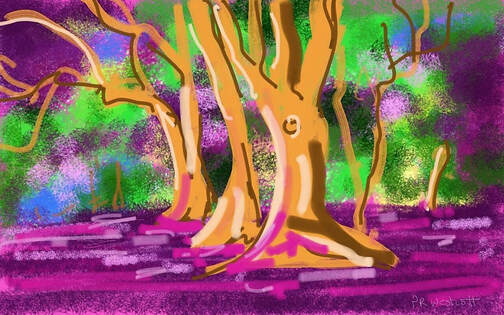


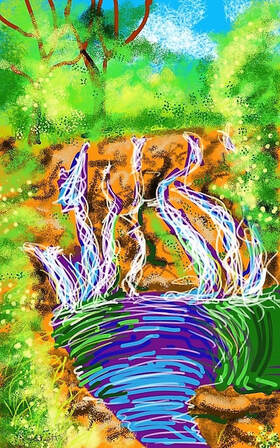













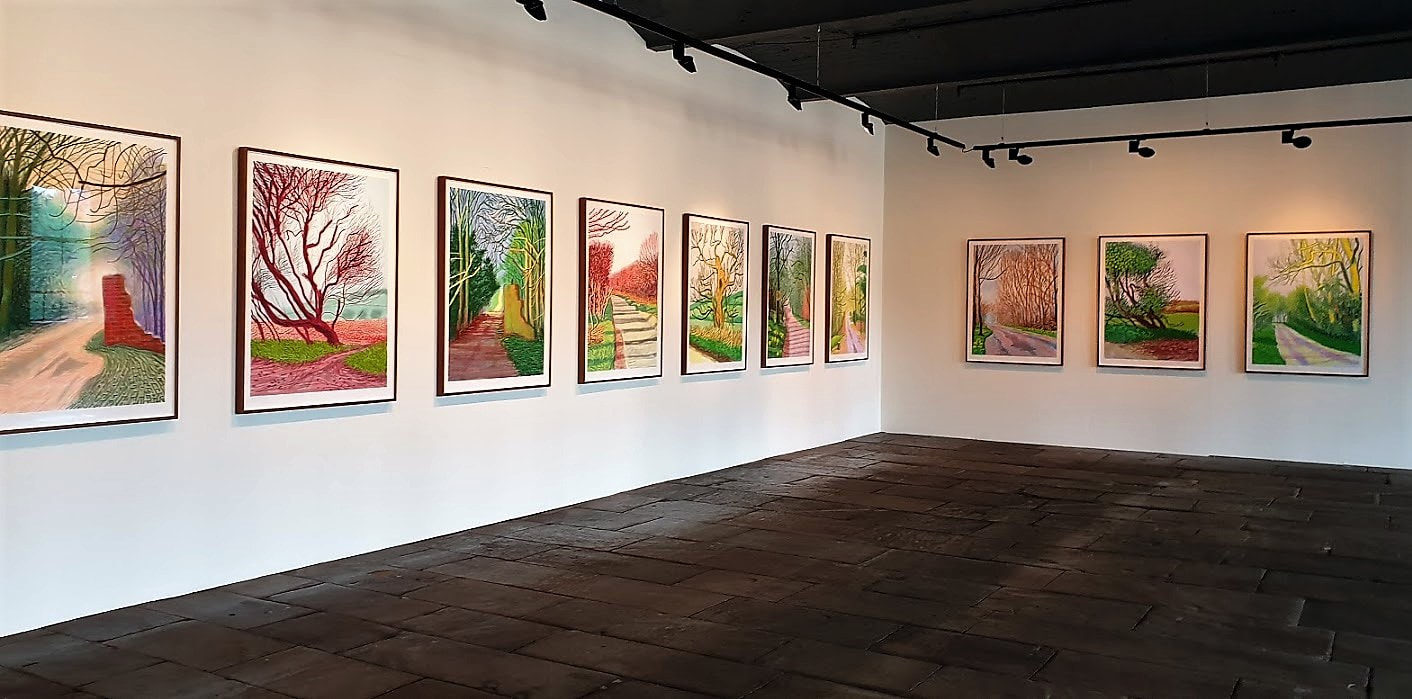
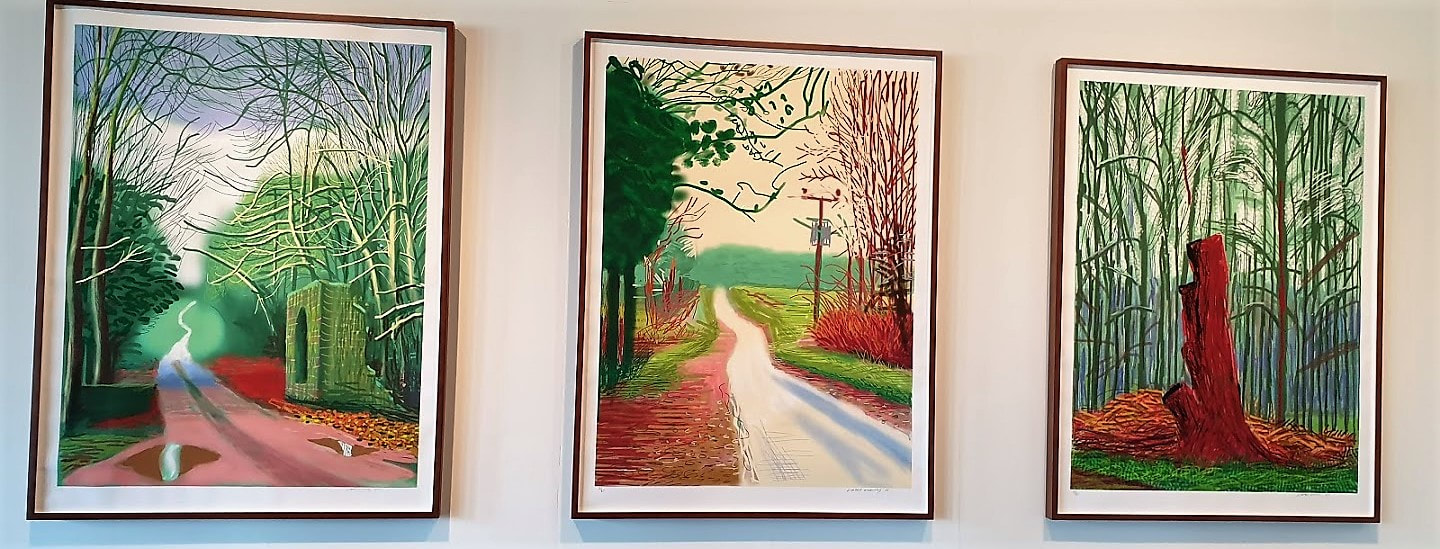








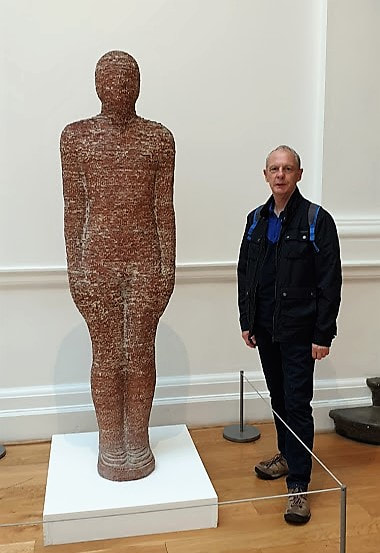




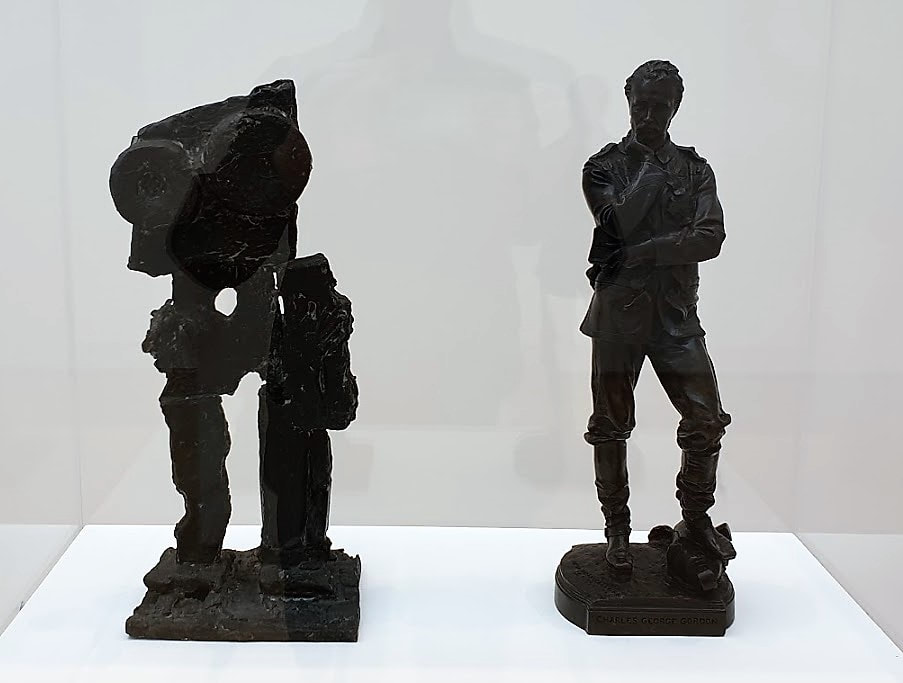


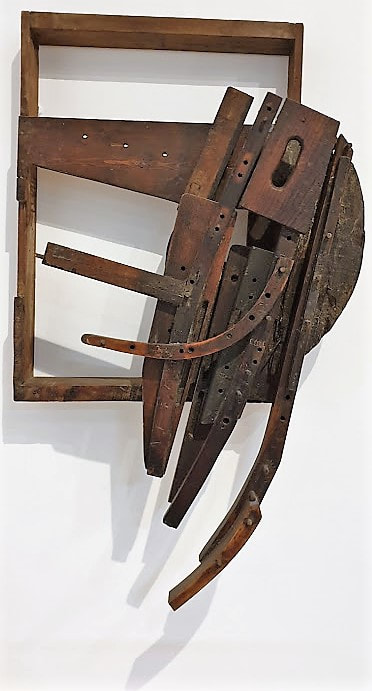
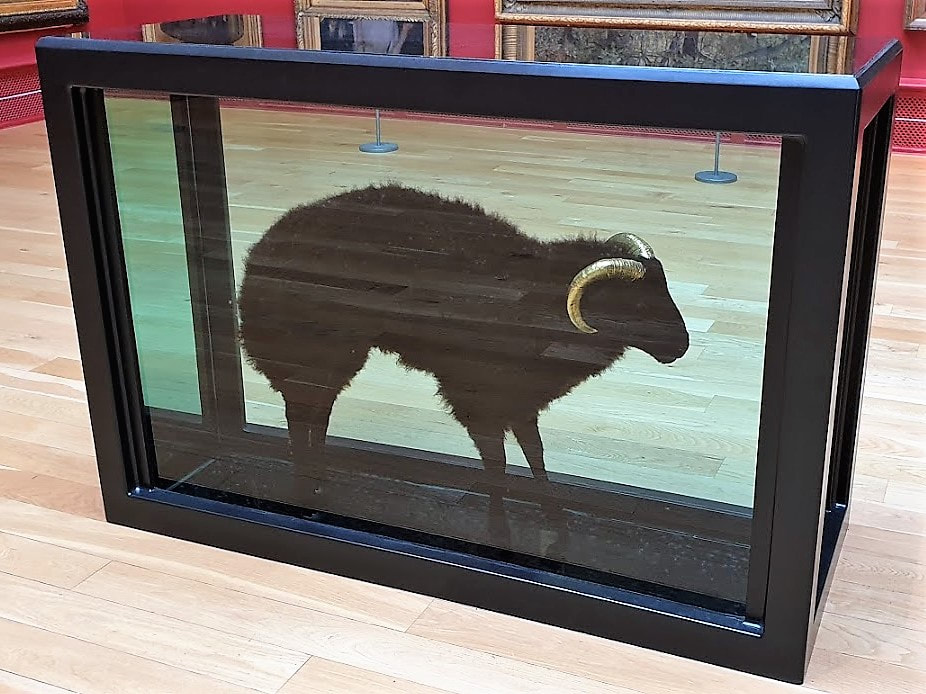

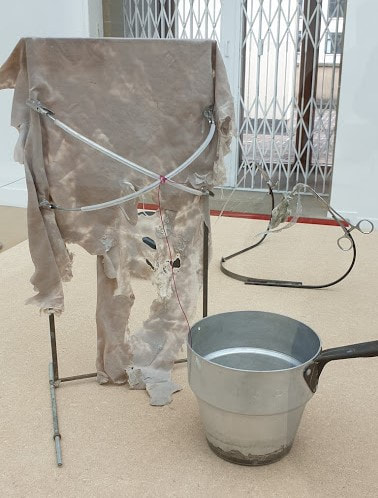




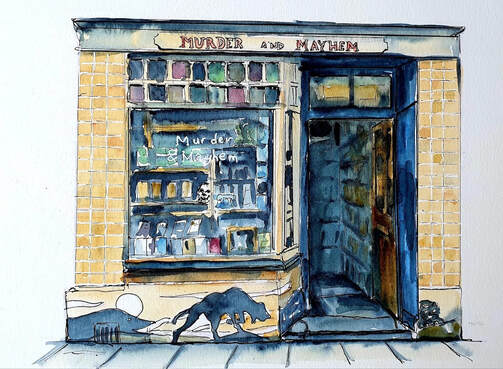

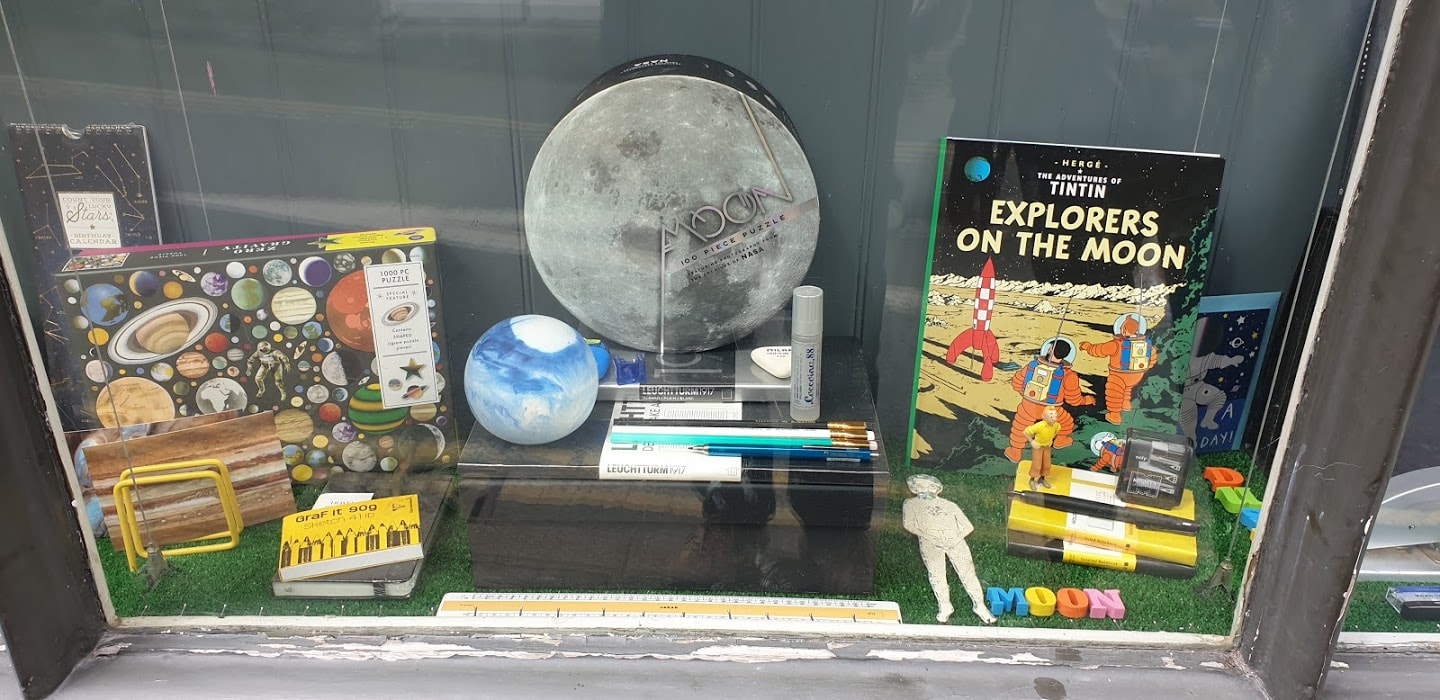



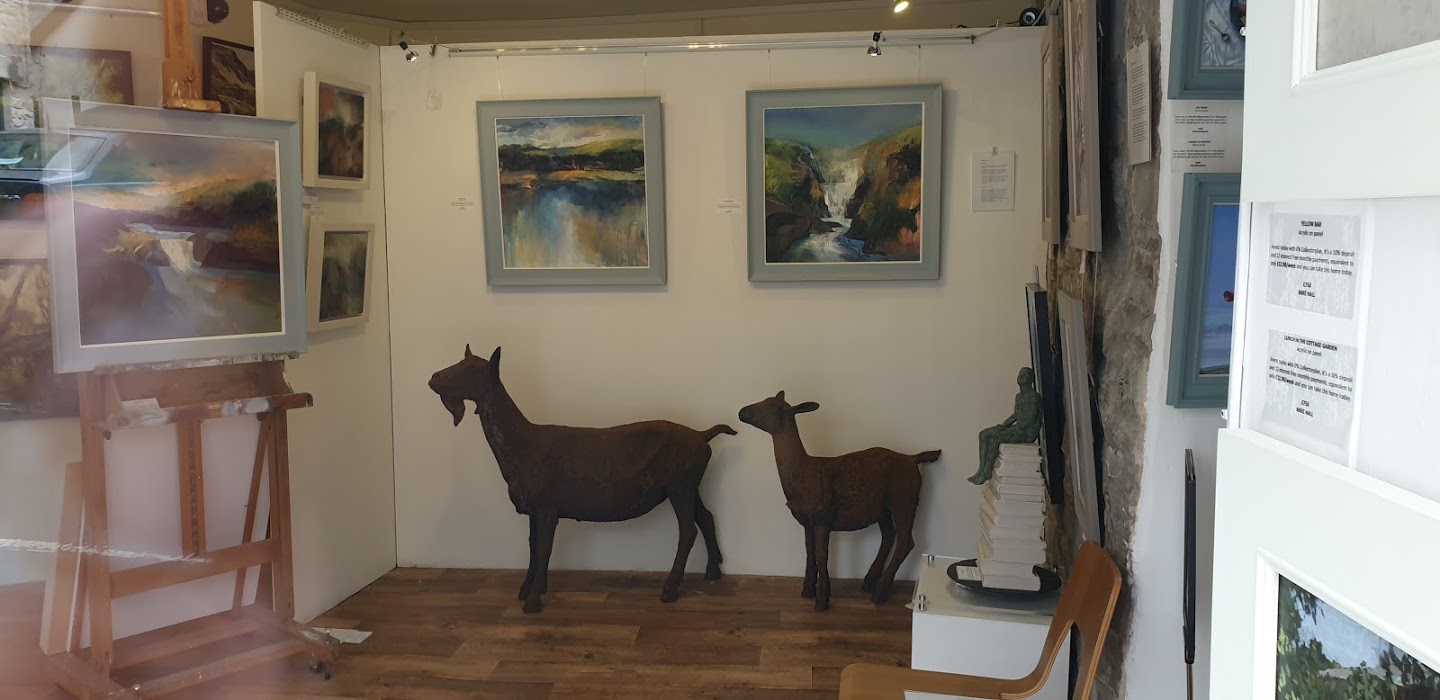


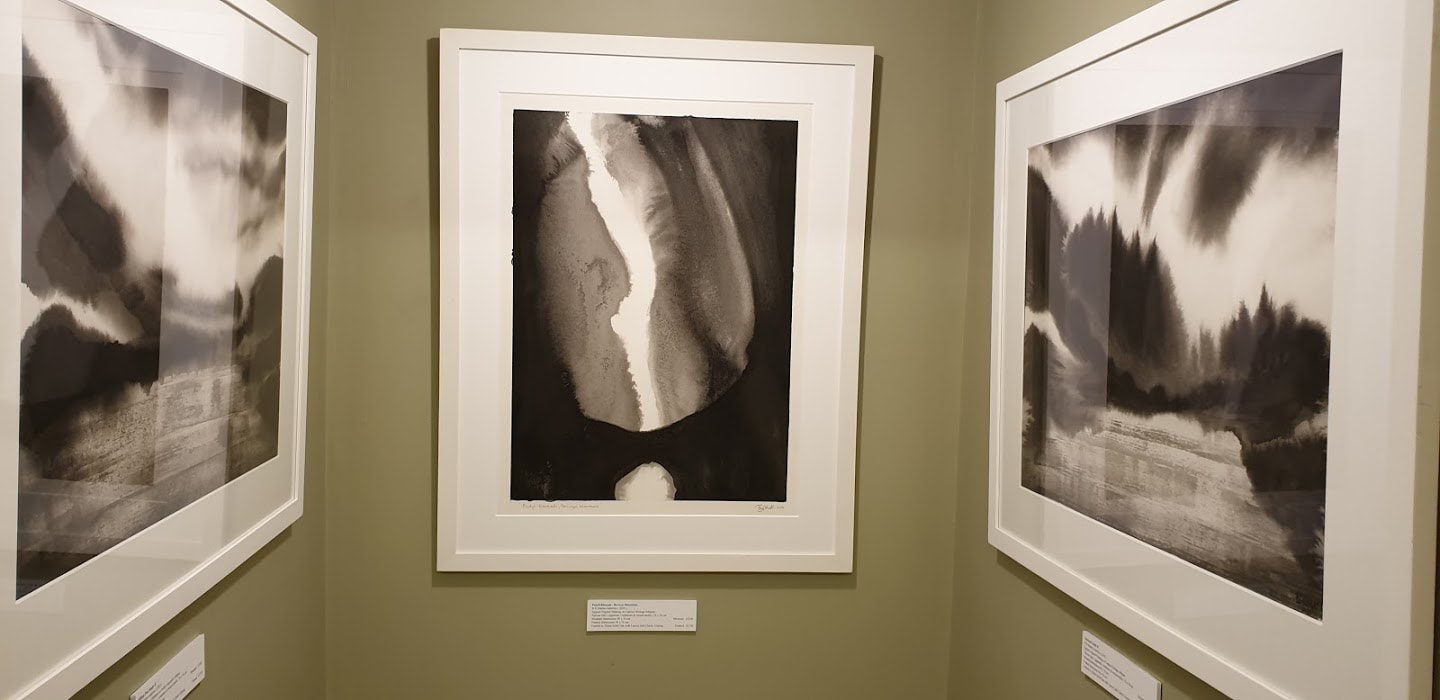
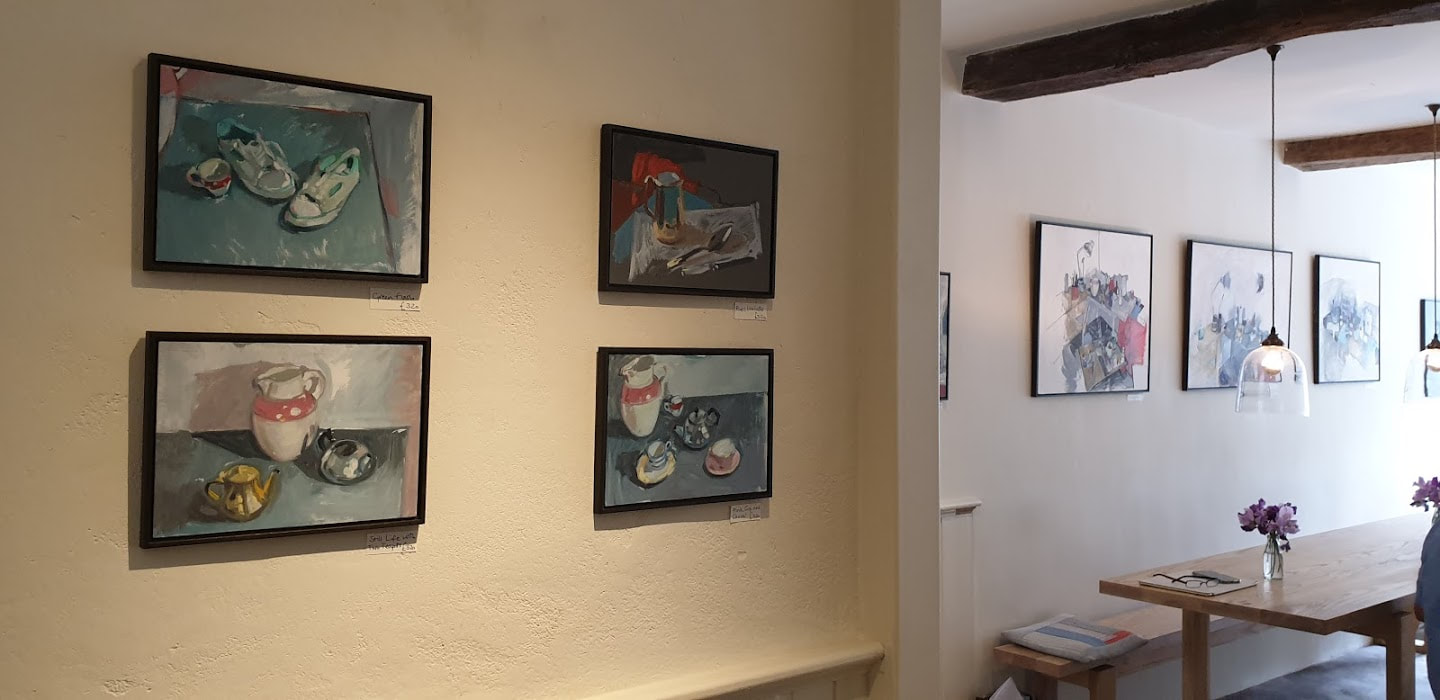





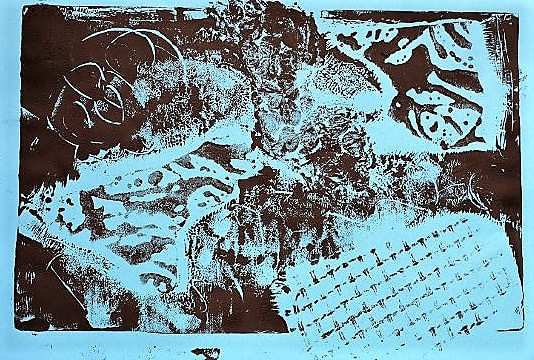

 RSS Feed
RSS Feed